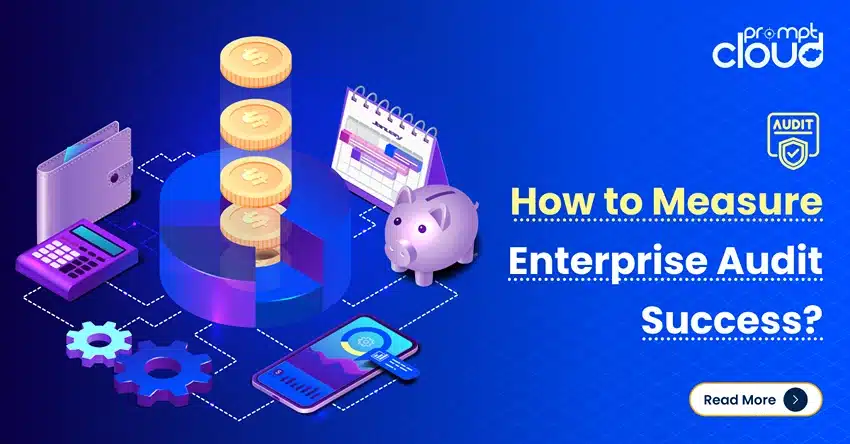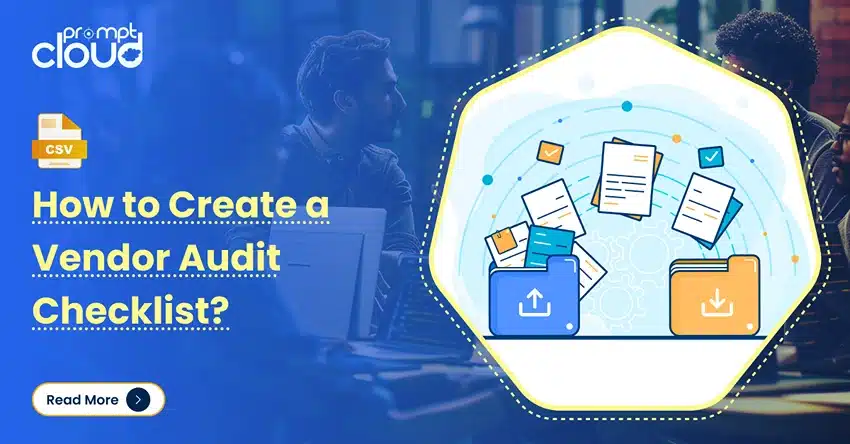Web data is known to provide companies with exceptional insights into the market trends, customer preferences and competitors’ activities. Hence, it is no more just another option to gather data, rather an essential tactic for the survival of any business that has its roots in the web or wants to grow by augmenting limited internal data. However, many companies fail to understand the web scraping challenges and rules involved.
To begin with, the first thing to know is that all websites are not really allowed to be scraped. While some of the sites legally disallow bots, some have fierce blocking mechanisms against bots and use dynamic coding practices. Let’s look at the web scraping challenges in detail.
1. Bot Access
Bot access is in fact the first thing to check before you get started with any web crawling project. Since websites are free to decide if they want to allow access to bots (web crawling spiders), you will come across websites that do not allow automated web crawling.
The reasons for disallowing crawling could vary on a per case basis, however crawling a website that doesn’t allow web crawling is illegal and should not be attempted. If you find that a website you need to crawl disallows bots via their robots.txt, it is always better to find an alternative site which has similar information available to crawl.
2. Captchas pose Web Scraping Challenge
Captchas have been around since a long time and they serve a great purpose – keeping spam away. However, they also pose a great deal of accessibility challenge to the good web crawling bots out there.
When captchas are present on a page from where you need to crawl data from, basic web scraping setups will fail and cannot get past this barrier. Although the technology to overcome captchas can be implemented to acquire continuous data feeds, they could still slow down the scraping process a bit.
3. Frequent Structural Changes
Websites, on their quest to improve user experience and add new features, undergo a lot of structural changes quite often. Since web crawlers are written with respect to the code elements present on the webpage at the time of crawler setup, these structural changes would bring the crawlers to a halt. This is one of the reasons why companies outsource their web data extraction projects to a dedicated service provider who will take complete care of the monitoring and maintenance of crawlers.
4. IP Blocking
IP blocking is an issue that’s rarely a problem to the good web crawling bots. However, there can be false positives and sometimes, even the harmless bots could get blocked by the IP blocking mechanisms implemented by target sites. IP blocking typically happens when a server detects unnaturally high number of requests from the same IP address or if the crawler makes multiple parallel requests. Some IP blocking mechanisms are a bit too aggressive and can block the crawler even if it follows the best practices of web scraping.
There are many services and tools that can be integrated with websites in order to identify and block automated web crawlers. Such solutions try to highlight web data extraction as a harmful activity while good bots are actually beneficial to the target site in several ways. Bot blocking services could in fact tamper with your website’s overall performance in terms of search ranking.
5. Real-time Latency
There are many use cases where the extraction of web data in real-time is important. With the product prices on ecommerce stores changing at the blink of an eye, pricing intelligence is one of the use cases where real-time latency becomes invaluable. This type of feat can be achieved only by setting up an extensive tech infrastructure that can handle ultra-fast live crawls.
Our live crawls solution is built up for this purpose and is used by companies to do real-time price comparison, sports score detection, news feed aggregation and real-time inventory tracking among other use cases.
6. Dynamic Websites
Although websites are increasingly becoming interactive and user friendly, this has the reverse effect on web crawlers. In fact, new websites with a lot of dynamic coding practices are not at all crawler friendly. Examples are lazy loading images, infinite scrolling and product variants being loaded via AJAX calls. This type of websites are even difficult to crawl for the google bots. At PromptCloud, we have developed the technical stack and expertise to handle websites that heavily rely on JavaScript and other dynamic elements.
7. The Ownership of User-generated Content
The ownership of user-generated content is a debatable topic, but it’s usually claimed by the websites where the content was published. If the sites you need data from belong to classifieds, business directory or similar niches where user-generated content is the prime USP, you might have fewer sources to crawl as such sites tend to disallow crawling.
Skip the Challenges and Get to Your Data
Given the dynamic nature of the web, there are certainly many more web scraping challenges associated with extracting large volumes of data from the web for business use cases. However, companies always have the choice of choosing a fully managed web scraping service like PromptCloud to evade all these roadblocks and get only the data they need, the way they need it.




















